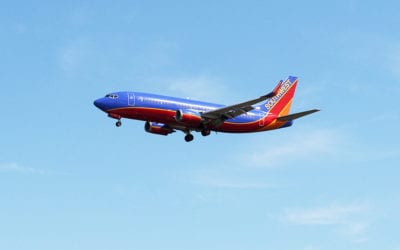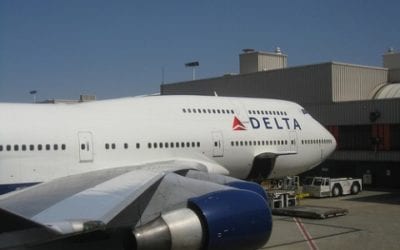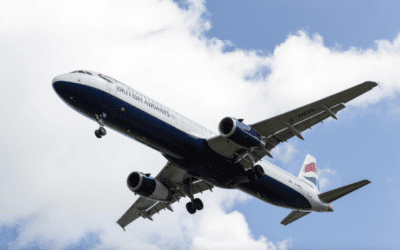
I suppose we shouldn’t be surprised. BP hasn’t even capped the oil spill yet, and already airlines and cruise lines have started passing along higher real and potential costs to travelers.
No, it’s not higher prices for seafood meals and, although no doubt that will happen on land. The issue is fuel prices. Yesterday, as the airlines were adding fuel surcharges, oil prices have been plunging.
Traditionally, fuel prices edge upwards as we head towards Memorial Day. Analysts are divided as to whether the BP spill will actually make a real difference, but many believe, (as do I), that while the overall effect on supply may not be that great, it’s just another excuse.
Whether it is a reason or an excuse, the travel industry is on board with price hikes.
Cunard and Costa Cruise Lines, both subsidiaries of Carnival Cruise Lines, have both announced that a $3.85 supplement per person per day on all cruises will apply booked after May 10 and departing after November 1.
To do them one better, British Airways informed their preferred travel agents Wednesday, May 5, that effective on Thursday, May 6, they “will increase the fuel surcharge” for all tickets issued in US and Canada, for travel originating in the US or Canada to Europe.
The fuel surcharge (including the security surcharge) will increase from $180 to $250 round-trip. Which might not seem like that much, but really adds up for families traveling together. As noted in previous columns, these fuel surcharges are not eligible for corporate or other discounts.
Also, not eligible for any discounts are the cruise line surcharges.
No doubt other airlines and cruise lines will be falling all over each other to follow suit.
Now, I have some sympathy for airlines and cruise lines facing higher fuel prices, but besides my frustration in the fact that they are not called fare hikes, is the fact that airlines are incredibly quick to raise the surcharges, but much slower to reduce them, if they ever do.
To put this in perspective: When airlines started fuel surcharges in November 2007, ($5 each way on domestic fares) oil was $98 a barrel; today, it closed under $80 a barrel.
Is there a solution, maybe not, but I have one suggestion, and am open to others from Consumer Traveler readers. Every time the airlines or cruise lines add a new fuel surcharge, DOT should make them display it prominently, in type as large as the fares themselves, in their fare display and advertisements.
Janice Hough is a California-based travel agent a travel blogger and a part-time comedy writer. A frequent flier herself, she’s been doing battle with airlines, hotels, and other travel companies for over three decades. Besides writing for Travelers United, Janice has a humor blog at Leftcoastsportsbabe.com (Warning, the political and sports humor therein does not represent the views of anyone but herself.)



